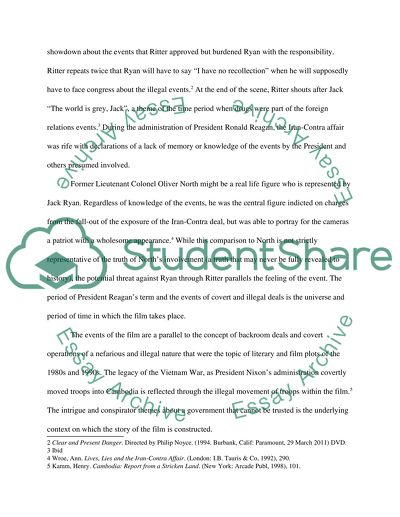Cite this document
(“Analysis of film Clear and Present Danger in relation to the 1980-90's Essay”, n.d.)
Retrieved from https://studentshare.org/history/1425043-analysis-of-film-clear-and-present-danger-in
Retrieved from https://studentshare.org/history/1425043-analysis-of-film-clear-and-present-danger-in
(Analysis of Film Clear and Present Danger in Relation to the 1980-90'S Essay)
https://studentshare.org/history/1425043-analysis-of-film-clear-and-present-danger-in.
https://studentshare.org/history/1425043-analysis-of-film-clear-and-present-danger-in.
“Analysis of Film Clear and Present Danger in Relation to the 1980-90'S Essay”, n.d. https://studentshare.org/history/1425043-analysis-of-film-clear-and-present-danger-in.


